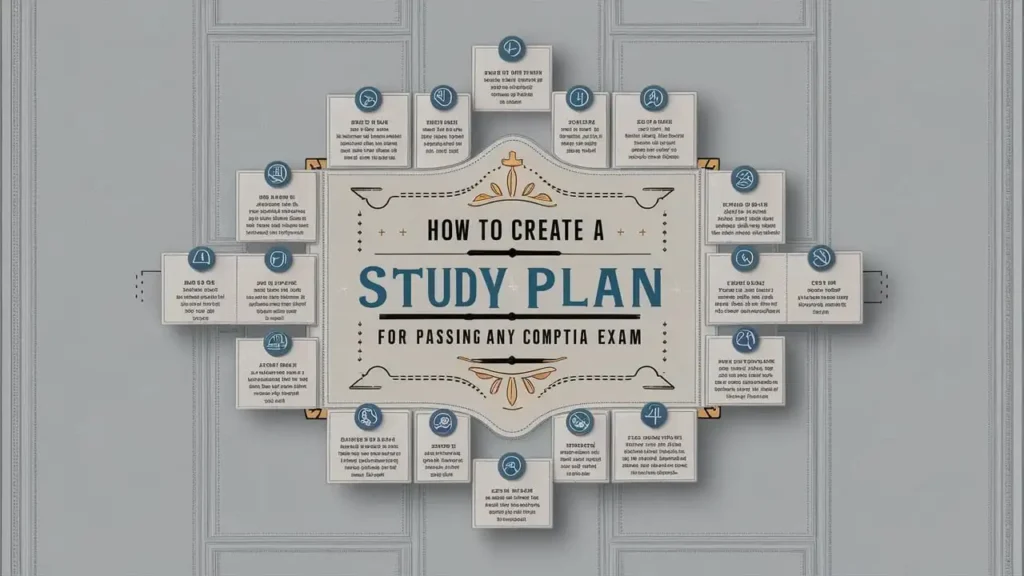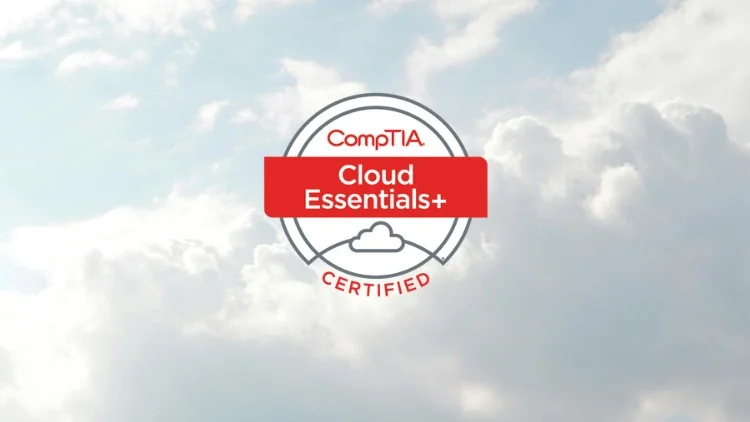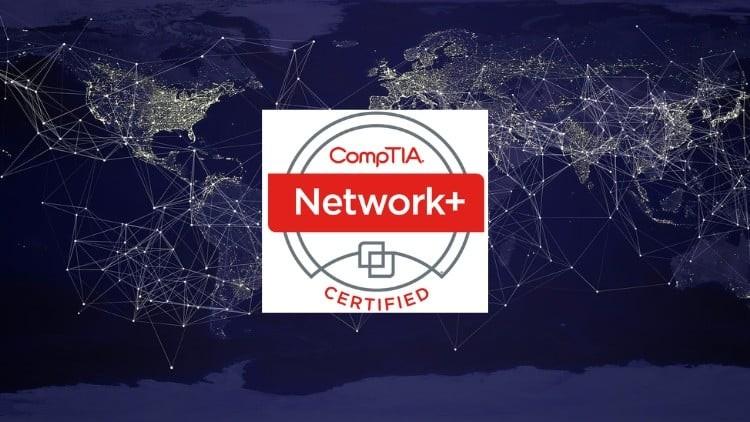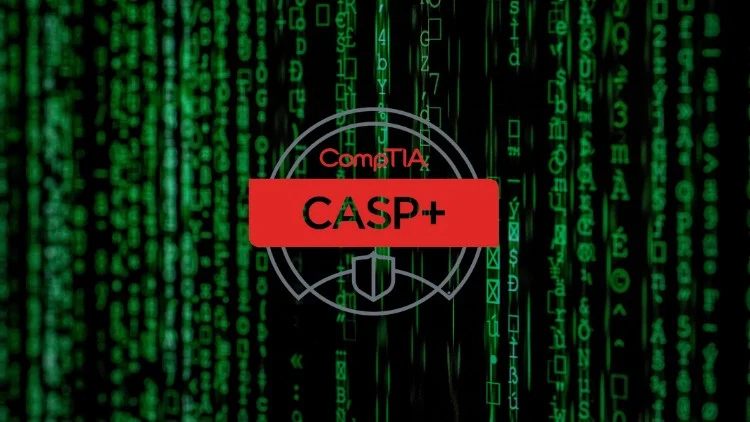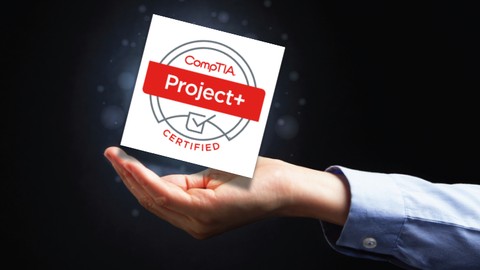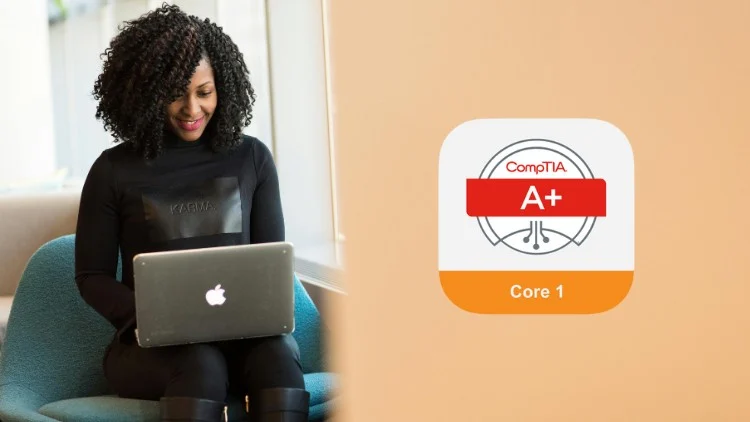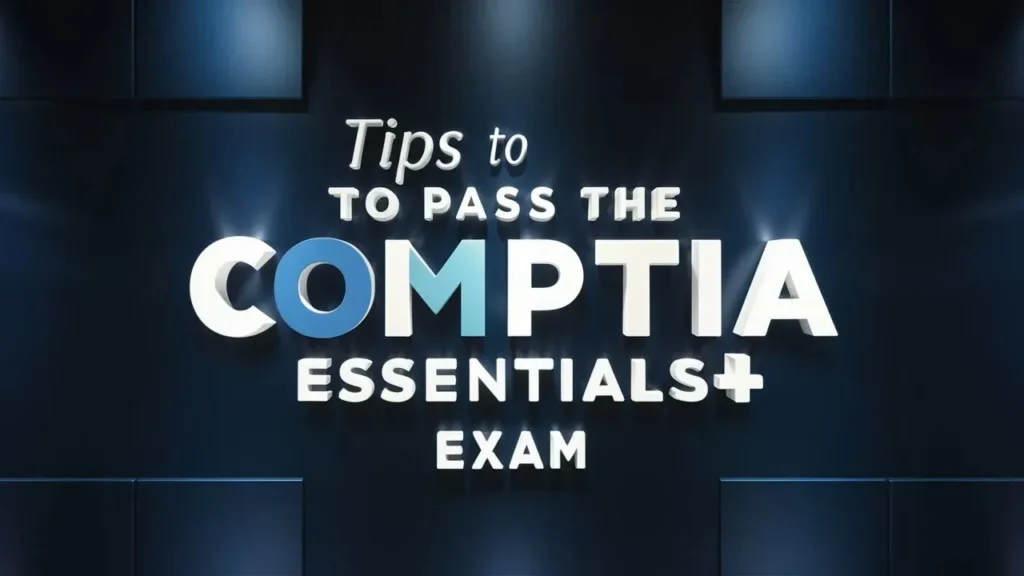Introduction
Preparing for a CompTIA certification—be it A+, Network+, Security+, or one of the more advanced credentials—requires both consistency and a clear game plan. Without a structured Study Plan for Passing Any CompTIA Exam, you risk missing crucial concepts, running out of time, or feeling overwhelmed by the volume of exam objectives. By crafting a tailored schedule, setting realistic milestones, and leveraging the right resources, you can transform your IT certification preparation from stressful to efficient.
In this guide, we’ll explore exactly how to create a study plan for CompTIA exams and highlight best practices to keep you on track, boost retention, and ultimately ace your test day with confidence.
Why You Need a Study Plan for CompTIA Exams
- Clarity and Focus: A structured plan pinpoints what to study, when to study, and how to measure progress.
- Avoid Procrastination: Breaking tasks into smaller goals reduces the urge to cram or put off studying.
- Tailored Preparation: You can customize your schedule around personal commitments, learning style, and exam difficulty.
- Efficient Resource Use: Knowing which chapters, videos, or labs to tackle saves time and effort, accelerating your readiness.
Step 1: Assess Your Current Knowledge and Goals
Before you create your study plan for CompTIA certifications, figure out where you stand and where you want to be:
- Take a Diagnostic Quiz: Free online assessments or short practice exams for A+, Network+, or Security+ can highlight knowledge gaps.
- Review Exam Objectives: Download official objectives from CompTIA’s website to see the domains and subtopics the exam covers.
- Set Target Goals: Aim for a realistic exam date. Factors like familiarity with the subject, work schedule, and personal commitments dictate how many weeks or months you’ll need.
Key Benefit: Clarifying your baseline helps you develop a CompTIA exam study plan that addresses weaknesses rather than merely reinforcing what you already know.
Step 2: Gather Essential Study Resources
CompTIA Exam Strategies involve selecting the right materials from the start. Consider a mix of:
- Official CompTIA Study Guides: Aligned directly with exam objectives; typically include end-of-chapter quizzes.
- Video Courses: Platforms like Udemy, LinkedIn Learning, or Professor Messer’s free YouTube series.
- Practice Tests: Websites like Gururo provide exam-style questions.
- Lab Platforms: Virtual labs (Practice Labs, Learn on Demand Systems, or official CertMaster Labs) for hands-on experience.
- Community Support: Reddit’s r/CompTIA or Discord servers for peer Q&A, success stories, and motivation.
Tip: Gather everything upfront so you can reference resources seamlessly as you progress through your schedule.
Step 3: Define Your Study Schedule
1. Choose a Target Exam Date
- Give yourself enough cushion—6 to 12 weeks is common, but novices might need longer.
2. Determine Study Blocks
- Identify daily or weekly time slots when you can consistently study. Aim for at least 1–2 hours per day or 5–10 hours per week, depending on the exam’s complexity.
3. Use a Calendar or App
- Tools like Google Calendar, Trello, or a dedicated study planner help you allocate tasks, track milestones, and avoid double-booking study times.
Pro Tip: Be realistic. If you have a full-time job or other commitments, it’s better to schedule smaller, consistent blocks rather than marathon sessions.
Step 4: Break Down Exam Objectives into Manageable Chunks
How to do it:
- Review the Official Objectives: List each domain and sub-domain.
- Prioritize: Start with your weakest areas first or follow the sequence in the exam blueprint.
- Assign Each Topic a Time Estimate: Some sections, like networking or security, may demand more in-depth study than hardware fundamentals.
Outcome: You’ll create a day-by-day (or week-by-week) structure focusing on specific topics, ensuring you don’t neglect any domain.
Step 5: Implement Effective Study Techniques
1. Active Reading
- Summarize key points, make flashcards, or highlight exam-critical content.
2. Spaced Repetition
- Revisit each topic at regular intervals to reinforce memory (e.g., after 1 day, 1 week, 2 weeks).
3. Mnemonic Devices
- Use memory aids for tricky acronyms or commands (e.g., “CIA triad” for Confidentiality, Integrity, Availability).
4. Teaching Others
- Explaining concepts to a friend or co-worker cements your understanding.
- Online forums are great for practicing knowledge sharing.
Key Advantage: Engaging multiple learning methods (visual, auditory, kinesthetic) improves retention and confidence.
Step 6: Incorporate Hands-On Practice and Labs
Performance-based questions are common in modern CompTIA exams (A+, Network+, Security+). Gaining practical experience is vital:
- Set Up a Home Lab: For A+, practice hardware installations or OS reinstalls. For Network+, configure routers in a virtual environment.
- Utilize Lab Simulators: Platforms like Gururo offers self-paced exam simulators
- Volunteer: If feasible, offer to help with IT projects at work or local nonprofits to get real-world exposure.
Result: Hands-on practice demystifies abstract concepts, making test questions easier to tackle.
Step 7: Use Mock Exams and Regular Progress Checks
Testing yourself periodically is a cornerstone of any CompTIA exam study plan:
- End-of-Topic Quizzes: After finishing a domain, do a short quiz or set of practice questions.
- Full-Length Mock Tests: Simulate real exam conditions every 2–4 weeks; track time usage and identify knowledge gaps.
- Analyze Mistakes: For each incorrect answer, revisit the domain in your notes or textbook.
Benefit: Repeated practice under exam-like conditions builds stamina, sharpens time management, and reveals areas needing additional attention.
Step 8: Tailor Your Study Plan for Different CompTIA Certifications
Each certification demands unique focus:
- A+: Emphasize hardware, OS fundamentals, and troubleshooting steps.
- Network+: Dive deeper into LAN/WAN technologies, routing, subnetting, and protocols.
- Security+: Prioritize threat identification, cryptography, risk management, and network security.
- Advanced Certs (CySA+, Cloud+, CASP+): Allocate more time to specialized labs, scenario-based questions, and advanced topics.
Advice: Adjust the time spent on each domain based on your exam’s complexity and personal background in that subject.
Pro Tips for Managing Time and Staying Motivated
- Set Micro-Goals: Celebrate small wins—finishing a chapter or acing a domain quiz.
- Practice Self-Care: Take breaks, stay hydrated, and get enough sleep to maintain cognitive function.
- Stay Flexible: If you fall behind, adjust your schedule rather than cramming.
- Find Accountability: Post your goals in an online forum or pair up with a study buddy.
- Reward Yourself: After completing major milestones or passing a practice exam, indulge in a small treat or activity you enjoy.
Conclusion
Developing a study plan for CompTIA certifications is a strategic endeavor that requires goal-setting, resource selection, and disciplined scheduling. By breaking down exam objectives, incorporating hands-on labs, and regularly testing your knowledge with Gururo’s CompTIA Practice Tests, you’ll avoid last-minute cramming and confidently approach test day.
Remember to stay flexible—life happens—and tweak your schedule if certain topics or domains prove more challenging than expected. Ultimately, with the right mix of dedication, planning, and practical application, you’ll be well on your way to passing any CompTIA exam and elevating your IT career.
Disclaimer: Always refer to the official CompTIA site for the latest exam objectives, updates, and recommended resources.
FAQs
What is the best way to create a study plan for CompTIA exams?
Start by assessing your knowledge, selecting quality resources, and scheduling specific topics each week. Incorporate hands-on labs, practice exams, and periodic reviews.
How do I assess my knowledge before studying for a CompTIA certification?
Attempt a diagnostic quiz or short practice exam for your target certification. Check results to identify strengths and weaknesses for a more focused study approach.
What resources should I include in my CompTIA study plan?
Combine official study guides, video tutorials, practice tests, lab environments, and community forums for well-rounded coverage.
How long should I prepare for a CompTIA exam?
It varies by experience. Many find 6–12 weeks sufficient, but absolute beginners or advanced certs may require more time.
What are the key components of an effective study plan for IT certifications?
Clear scheduling, goal-setting, diverse study materials (theory + labs), regular self-testing, and consistent revision of weaker areas

